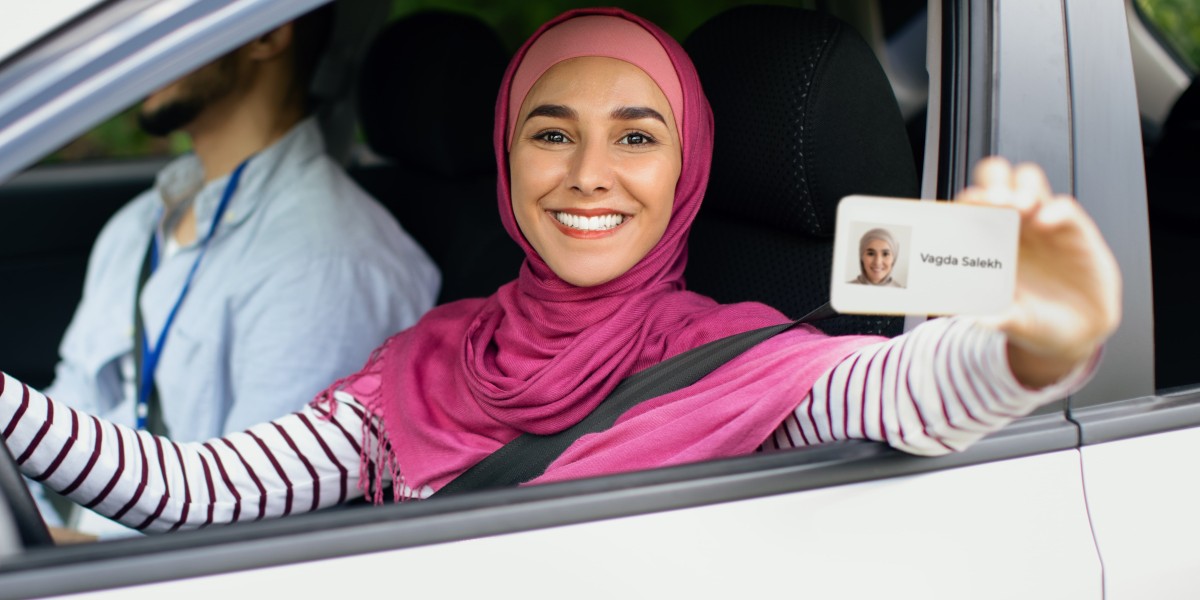Understanding the Process of Obtaining a Driver's License: An In-Depth Guide
Getting a driver's license is frequently viewed as an initiation rite for numerous individuals. It represents not just the capability to run a vehicle lawfully however likewise the newly found independence that comes with it. However, the procedure of obtaining a driver's license can vary considerably based on geographical area, age, and individual circumstances. This post supplies an extensive summary of how to acquire a driver's license, what paperwork is required, and answers to often asked questions.
Steps to Obtain a Driver's License
The procedure typically includes a number of steps, which might differ depending on regional policies and the kind of driver's license looked for. Below are the basic steps one might follow:
1. Determine Eligibility
Before embarking on the journey to get a driver's license, people need to first determine their eligibility based upon a number of requirements, which might consist of:
- Age Requirement: Most locations have a minimum age requirement, typically varying from 16 to 18.
- Residency: Applicants need to be citizens of the state or area where they are applying.
- Legal Status: Ensure all paperwork abides by regional laws.
2. Complete a Driver's Education Course
Numerous states require new drivers to finish a driver's education course, particularly for those under the age of 18. These courses usually cover the following:
- Traffic laws and policies
- Protective driving techniques
- Hazard acknowledgment
3. Acquire a Learner's Permit
When the academic requirements are satisfied, an applicant can obtain a student's license. This enables supervised driving while practicing skills. The actions to get uk driving license a learner's permit generally include:
- Submitting an application
- Passing a written knowledge test
- Paying suitable charges
4. Practice Driving
With a student's license in hand, new drivers need to log a particular number of hours of practice driving, often under the guidance of a licensed grownup. This practical experience is essential for constructing self-confidence and competence behind the wheel.
5. Arrange a Driving Test
After fulfilling the practice requirements, people can set up a driving test. The driving test usually includes:
- A vehicle safety examination, confirming that the automobile is roadworthy
- Maneuvers such as turning, parallel parking, and complying with traffic signals
- A presentation of defensive driving strategies
6. Acquire the Driver's License
Upon effectively passing the driving test, applicants can acquire their driver's license. The requirements for getting the license might consist of:
- Submission of needed documents (proof of identity, residency, and so on)
- Payment of licensing costs
- Issuance of a provisional or full license depending on age and driving experience
7. Acquaint Yourself with Driving Regulations
Having acquired a driver's license, it's essential to remain educated about regional driving laws, guidelines, and any modifications that might happen. Awareness of laws relating to speeding, driving under the influence, and seatbelt usage can prevent future legal concerns.
Documentation Required to Obtain a Driver's License
The documents needed throughout the application process can vary by region, but usually consists of:
- Proof of Identity: This might include a birth certificate, passport, or social security card.
- Proof of Residency: Documents like utility costs or bank statements showing the applicant's name and address.
- Completion Certificate: Proof of conclusion for a driver's education course, if suitable.
- Student's Permit: If the applicant is transitioning from a learner's license.
Common FAQs
1. For how long is a driver's license legitimate?
The validity period for a driver's license varies by jurisdiction. In numerous locations, licenses must be restored every four to eight years. Check regional guidelines for specific details.
2. What should I do if I fail the driving test?
If you fail the driving test, stay calm. Each state typically permits retaking the examination after a set waiting duration. Use the time to practice and strengthen your abilities.
3. Can I drive with a student's permit?
Yes, but just when accompanied by a licensed adult who meets particular requirements, such as being over a certain age and having a legitimate driver's license.
4. Are there extra requirements for industrial licenses?
Yes, individuals seeking an industrial driver's license (CDL) must go through extra training and screening specific to the kind of car they plan to operate, including specific medical requirements.
5. What are the restrictions on a provisionary license?
Provisionary licenses frequently come with specific restrictions, such as limits on nighttime driving or carrying passengers. Familiarize yourself with these guidelines to avoid penalties.
6. How can I get ready for the composed understanding test?

To prepare for the composed knowledge test, study your state's driver handbook, take practice quizzes offered through numerous online platforms, and consider registering in a driver's education course if you have not done so already.
Acquiring a driver's license is a considerable turning point that requires cautious preparation and adherence to regional regulations. By understanding the actions involved, gathering the essential paperwork, and staying informed about driving laws, prospective drivers can navigate this procedure efficiently. As more people take to the roads, understanding the requirements and being conscious of safety procedures becomes significantly crucial. With thorough practice and awareness, the journey from student's permit to full-fledged driver can be a fulfilling experience, representing both liberty and duty.









